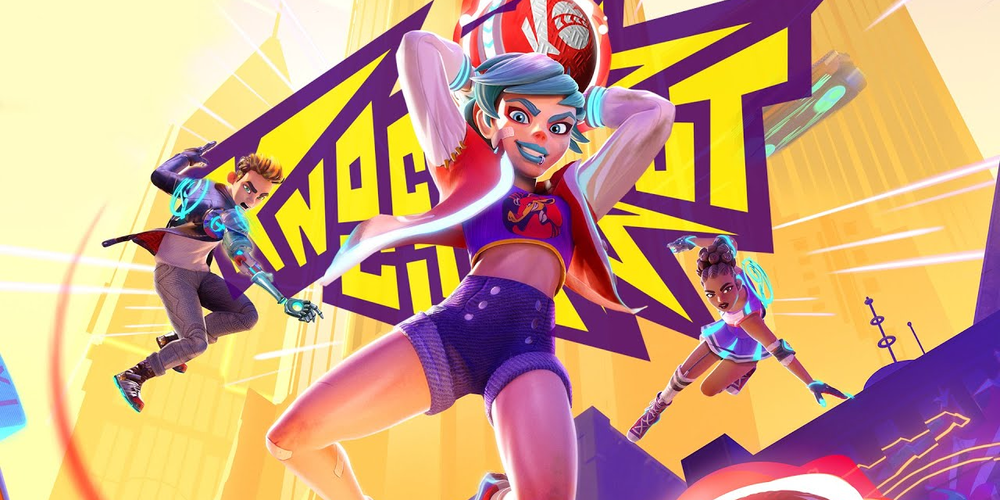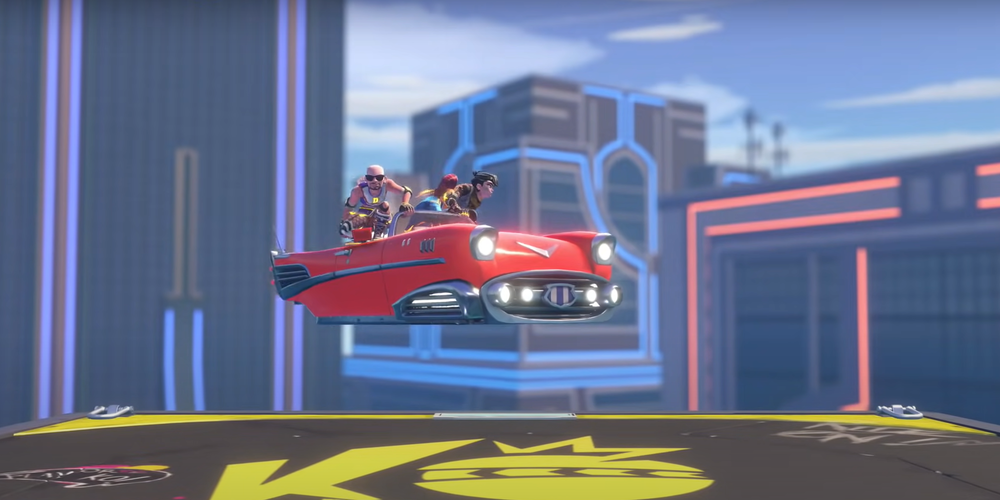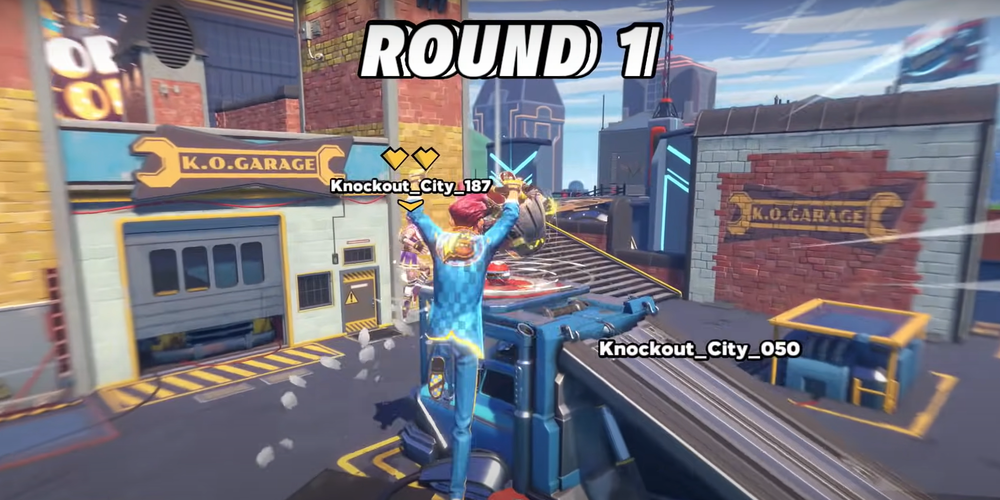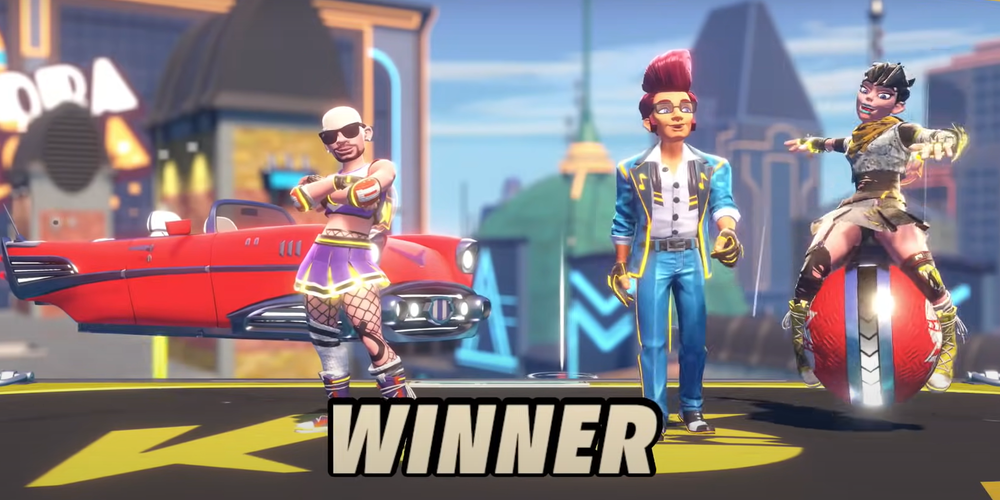Knockout City Review: A Dodgeball Delight or a Missed Opportunity?
08 Apr 2024

In the ever-evolving landscape of multiplayer games, Knockout City emerges as a fresh contender with its dodgeball-inspired antics. However, does it manage to capture the essence of engaging gameplay, or does it fall short of expectations? This review delves into the experience of playing Knockout City, evaluating its gameplay mechanics, visual presentation, and long-term appeal to understand whether it truly is a knockout or not quite enough to hold its ground.
First Impressions and Gameplay Mechanics

Venturing into Knockout City for the first time presents a mix of emotions. The sight of opponents donning similar hairstyles and outfits immediately sets the tone for a competitive showdown. Despite being relatively new to the game, the stark realization of facing a seriously coordinated team becomes apparent. Knockout City introduces players to its world through tutorials that cover everything from basic moves to complex strategies, yet the transition to actual matches feels overwhelming. The pace of 3v3 matches is frantic, demanding quick adaptation and sharp reflexes to survive and succeed.
The Appeal of Dodgeball
At its core, Knockout City takes inspiration from the schoolyard game of dodgeball, reimagined for a digital audience. For those with fond memories of dodgeball, or even those who remember their P.E. lessons with less enthusiasm, the game offers a unique twist on familiar gameplay. It’s a shooter without the guns, focusing instead on the thrill of dodging, catching, and throwing. This design choice creates a family-friendly environment that still manages to deliver intense and competitive action.
Art Style and Presentation

Despite its accessible and colorful facade, Knockout City hides a layer of complexity beneath. The cartoonish graphics and vibrant cityscapes might attract a younger crowd, but the game demands mastery over its controls and mechanics. The voiceovers and flashy presentation might not appeal to everyone, but they serve to underscore the game’s commitment to a lighthearted and energetic aesthetic.
Combat Dynamics and Team Cooperation
Engagements in Knockout City are fast-paced and demand a high level of team coordination. The game introduces various special balls and abilities, including transforming into a ball for teammates to hurl at opponents. This mechanic, alongside strategic passing and dodging, encourages creative teamwork, making communication key to dominating matches. However, the lack of a map or radar can complicate coordination, especially for players relying on in-game cues to locate opponents and objectives.
Game Modes and Longevity

While Knockout City introduces a few distinct game modes beyond the standard 3v3 deathmatch, the variety seems limited at launch. Modes like KO Chaos and Ball-Up Brawler add some diversity, but the overall depth of content might not be enough to sustain long-term engagement. The game’s early days hint at potential growth, yet the current offering, combined with the challenge of balanced matchmaking, raises concerns about its longevity and ability to maintain a dedicated player base.
Final Thoughts
Knockout City brings excitement and a fresh spin to multiplayer gaming with its dodgeball-inspired mechanics and vibrant setting. However, its charm might not be enough to overcome the challenges of shallow gameplay and limited content variety. While it stands out for its unique concept and family-friendly approach, the game’s future success likely hinges on its ability to expand and evolve. With a clear development roadmap and additional content, Knockout City has the potential to build a strong community and lasting appeal. For now, it remains a fun, if not entirely knockout, experience.







